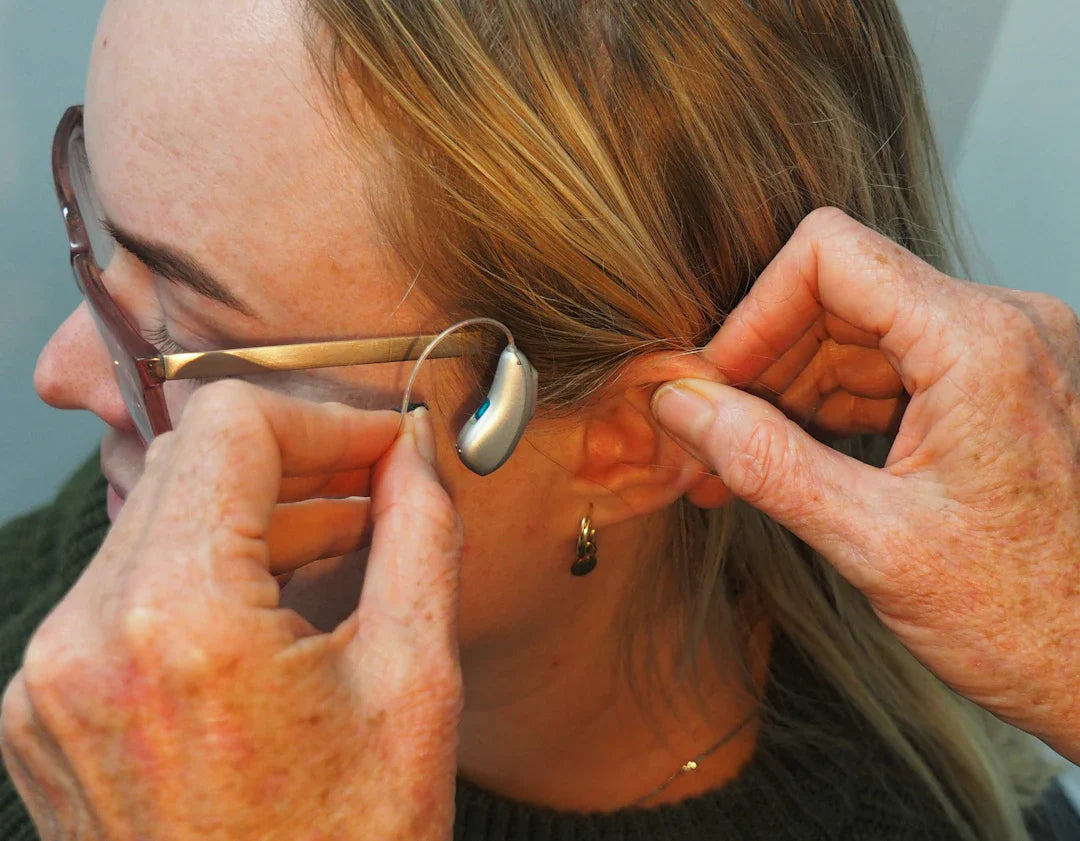Hearing loss can affect individuals of all ages and backgrounds, and it can manifest in various forms. Understanding the different types of hearing loss is crucial for proper diagnosis and treatment. In this comprehensive guide, we will delve into the various categories of hearing loss and explore treatment options available, including Earwax Removal procedures and advanced hearing aids like Phonak, Widex, Signia, and GN Resound Hearing Aids.
Conductive Hearing Loss
Conductive hearing loss occurs when sound waves are blocked from reaching the inner ear. This type of hearing loss can be caused by factors such as earwax build-up, ear infections, or abnormalities in the ear structure. Earwax removal is a common and effective treatment for conductive hearing loss, allowing sound to travel unimpeded through the ear canal.
Sensorineural Hearing Loss
Sensorineural hearing loss, also known as nerve-related hearing loss, stems from damage to the inner ear or auditory nerve. This type of hearing loss is often irreversible, but technologies like Phonak Hearing Aids or Widex Hearing Aids can greatly improve auditory communication.
In older adults, presbycusis is a prevalent form of sensorineural hearing loss, primarily affecting high-frequency sounds. Early intervention with hearing aids can help manage presbycusis and enhance overall quality of life.
Mixed Hearing Loss
Mixed hearing loss is a combination of conductive and sensorineural hearing loss. Individuals with mixed hearing loss may experience problems with sound conduction and inner ear function. Treatment options for mixed hearing loss may involve a combination of Earwax removal procedures and advanced hearing aid technologies.
Sudden Hearing Loss
Sudden hearing loss can be a frightening experience, as it often occurs rapidly over a few days. This type of hearing loss requires immediate medical attention to identify the underlying cause and administer appropriate treatment. In some cases, prompt intervention with medications or hearing aids like Signia or GN Resound Hearing Aids can help restore hearing function.
Tinnitus and Hearing Loss
Tinnitus is a common condition characterised by ringing, buzzing, or hissing sounds in the ears. While tinnitus itself is not a form of hearing loss, it is often associated with hearing difficulties. Individuals experiencing tinnitus alongside hearing loss may benefit from comprehensive assessments and personalised treatment plans.
Congenital Hearing Loss
Congenital hearing loss refers to hearing impairment present at birth. This type of hearing loss can be caused by genetic factors, infections during pregnancy, or complications during childbirth. Early detection and intervention, including the use of hearing aids or cochlear implants, are crucial for the development of speech and language skills in children with congenital hearing loss.
Noise-Induced Hearing Loss
Noise-induced hearing loss is commonly seen in individuals exposed to loud noise levels, either in the workplace or recreational settings. Prolonged exposure to loud noises can damage the delicate hair cells in the inner ear, leading to permanent hearing loss. Protecting the ears with earplugs or earmuffs and regular hearing screenings are essential in preventing noise-induced hearing loss.
Auditory Processing Disorder
Individuals with auditory processing disorder (APD) have difficulty understanding and interpreting auditory information, despite normal hearing sensitivity. APD can impact language development, communication, and academic performance. Treatment for APD may involve auditory training, educational support, and, in some cases, the use of assistive listening devices.
Viral and Bacterial Hearing Loss
Some types of hearing loss can be attributed to viral or bacterial infections affecting the ear. These infections can damage the delicate structures of the ear, leading to temporary or permanent hearing loss. Seeking prompt medical treatment for ear infections and following prescribed medications is crucial in preventing long-term hearing damage.
Age-Related Hearing Loss
Age-related hearing loss, also known as presbycusis, is a gradual decline in hearing sensitivity that occurs with age. Presbycusis is typically characterised by difficulty hearing high-frequency sounds, understanding speech in noisy environments, and increased tinnitus. Regular hearing assessments and the use of advanced hearing aid technologies can help manage age-related hearing loss effectively.
Living Well with Hearing Loss
While hearing loss can present challenges, advancements in hearing technology and treatment options offer hope for improved quality of life. If you or a loved one are experiencing hearing difficulties, don't hesitate to seek help from hearing care professionals. From earwax removal procedures to cutting-edge Phonak, Widex, Signia, and GN Resound Hearing Aids, there are solutions available to help you reconnect with the world of sound.
Embrace the journey of rediscovering the joys of clear, vibrant hearing and take the first step towards better hearing health today!




